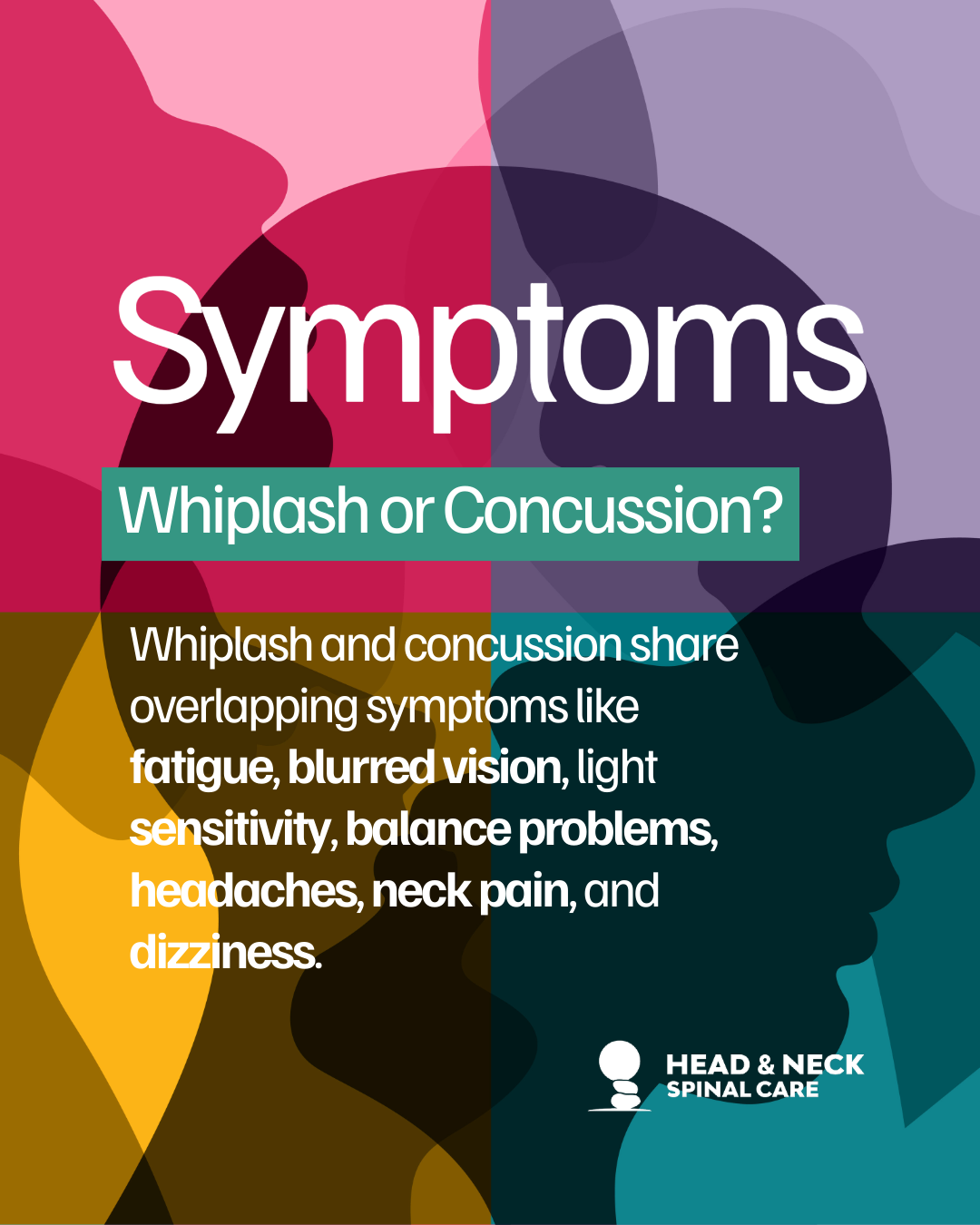What is Whiplash Injury?
There’s a misconception that car accidents cause a minor soft tissue injury that will heal over time. This belief can lead many people to dismiss and neglect obvious signs like neck pain, neck stiffness, numbness, tingling, or even persistent headaches as if they will eventually go away on their own. It can be true, but this isn’t always the case for everyone.
A neck injury that occurs in a rear-ended car accident is often described as a ‘whiplash injury’. The word “whip-” comes from the word describing the whipping motion. Whiplash injury is caused by a sudden change of forward and backward acceleration during a car collision. Because the seatbelt is holding the driver in place, the neck is often subjected to sudden changes of motion in the opposite direction that can potentially put a lot of strain on the muscles, ligaments, and nerves, causing invisible injuries.


Why Even Low-Speed Impacts Can Cause Pain
Whiplash injury resulting from a car accident involves a complex mechanism. Recent research indicates that the risk of getting injured in the neck is high even at speeds as slow as 10 mph. Even if the neck movement stays within its range of normal motion, the neck may not be able to avoid forces acting upon the joints and tissues. Despite the frequent reports associated with rear-ended collisions on the road, the exact causes are not fully understood. One reason for this is that there is not always obvious injury that can be detected by X-rays or MRI imaging.
What we know is that the consequences may be more severe and last longer if your head is turned to one side at the time of the impact than if it is facing forward. To put it another way, if your head is facing forward, a rear-end collision will injure your neck in 2D, but if you’re looking sideways, your neck will be injured in 3D. This results in greater injury to the tissues in the neck, which can lead to structural instability. Oftentimes, this results in a higher risk of developing into chronic pain, possibly involving nerve issues.
Driving with Proper Posture Matters
The engineers who built our car designed it with the assumption that the driver would be seated correctly while driving. Driving with proper posture means that the headrest should be positioned within 3 inches from the back of the head. The head should be looking straight ahead, the pelvis should be sitting in the center of the chair with a straight back, and the hands should be resting on the steering wheel.
However, in the real world, not many people drive in this position. We need to check the traffic, talk to a friend sitting next to us, or listen to a song while driving. To reduce these injuries in the event of a rear-end collision, we need to make it a habit to drive in the correct posture, and it seems necessary to check and adjust the position of the headrest to ensure that the back of the head is within 3 inches of the headrest. Also, it’d be wise to build a habit of removing hair claw clips to avoid serious injuries in a potential car crash.
Better Alignment Enhances Optimal Recovery
Upper cervical chiropractic care has been providing a hope for those who suffer from whiplash injuries. NUCCA approach aims to restore head and neck misalignment into the most optimal structure. With better alignment between the head and neck, muscles and ligaments use less energy to keep the head upright. This optimizes in recovery and healing in tissues at the most effective and yet, natural way as possible.
Head & Neck Spinal Care is an upper cervical chiropractic office located in Wheeling, Illinois. Visit our website at www.headandneckcare.com to learn more.




